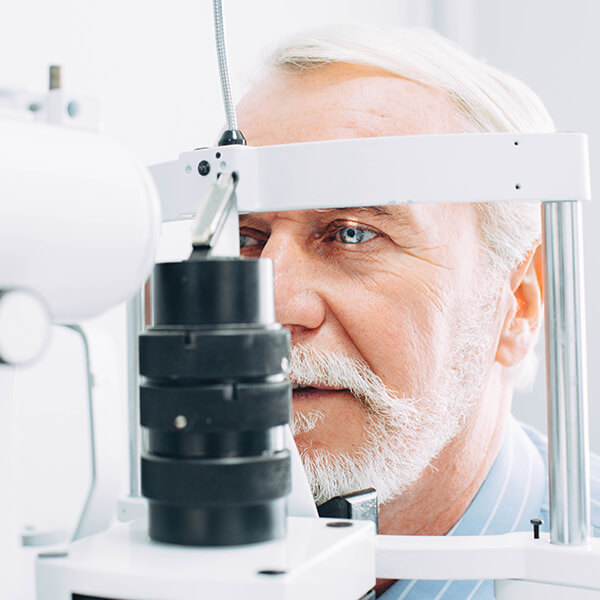Eye diseases: A complete guide about eye diseases
Everything you need to know about your eyes and how to protect them.
Get medical advice from Lentiamo about common eye diseases such as glaucoma, cataracts, eye strokes, and more. You’ll find information on topics ranging from wearing contact lenses with red eyes to identifying the possible triggers of ocular migraines.
Browse the guide to learn more about these topics and others. Remember to always consult your eye care professional for specifics regarding your eyes and eye health.






